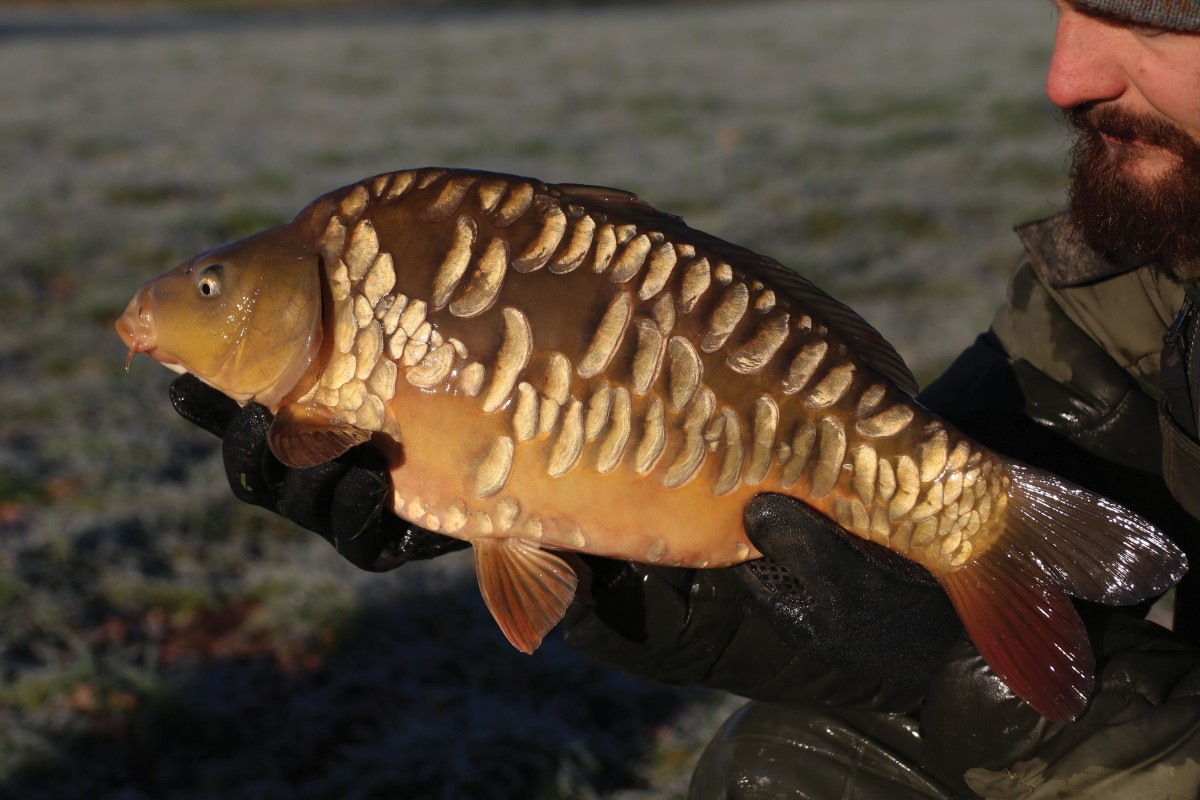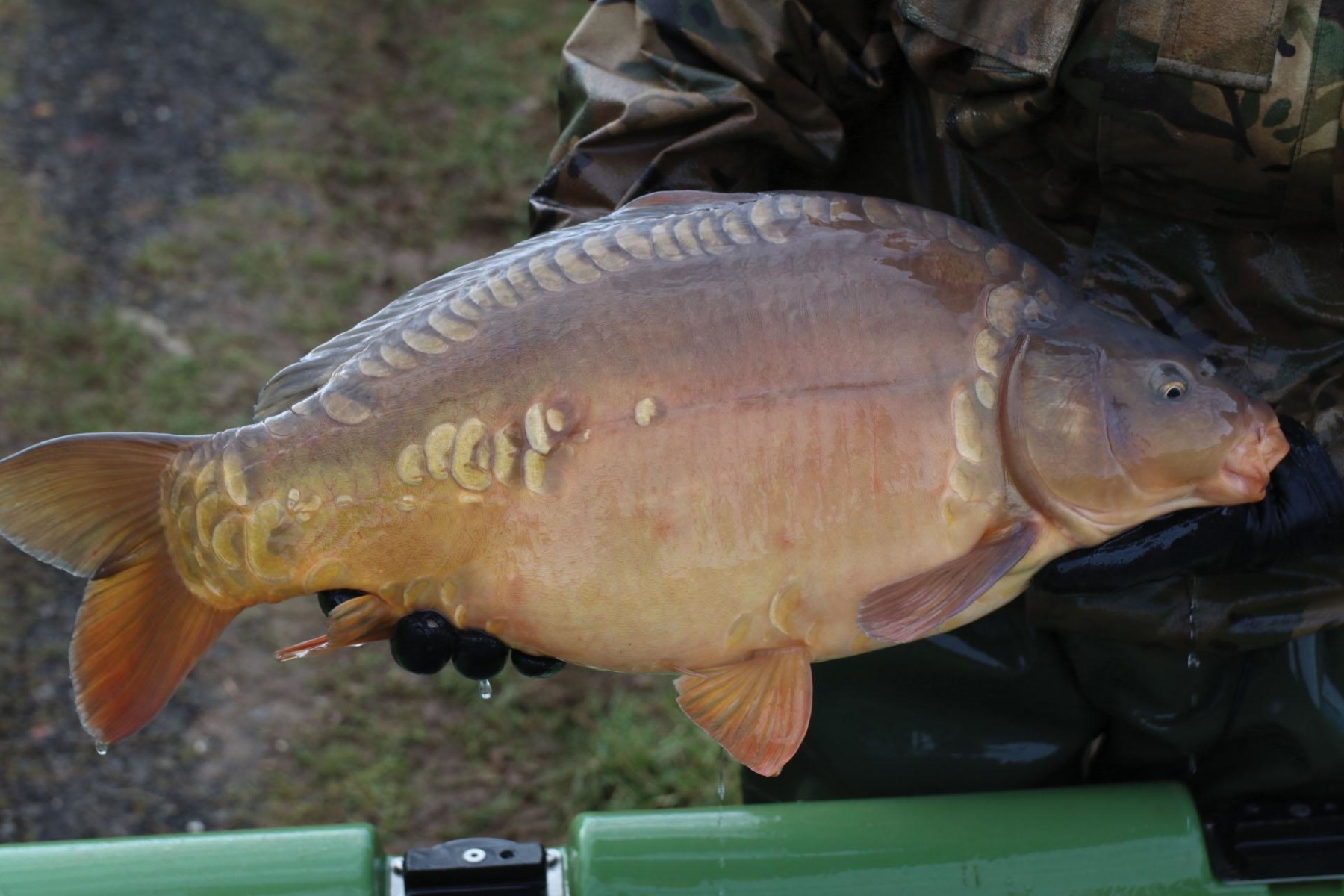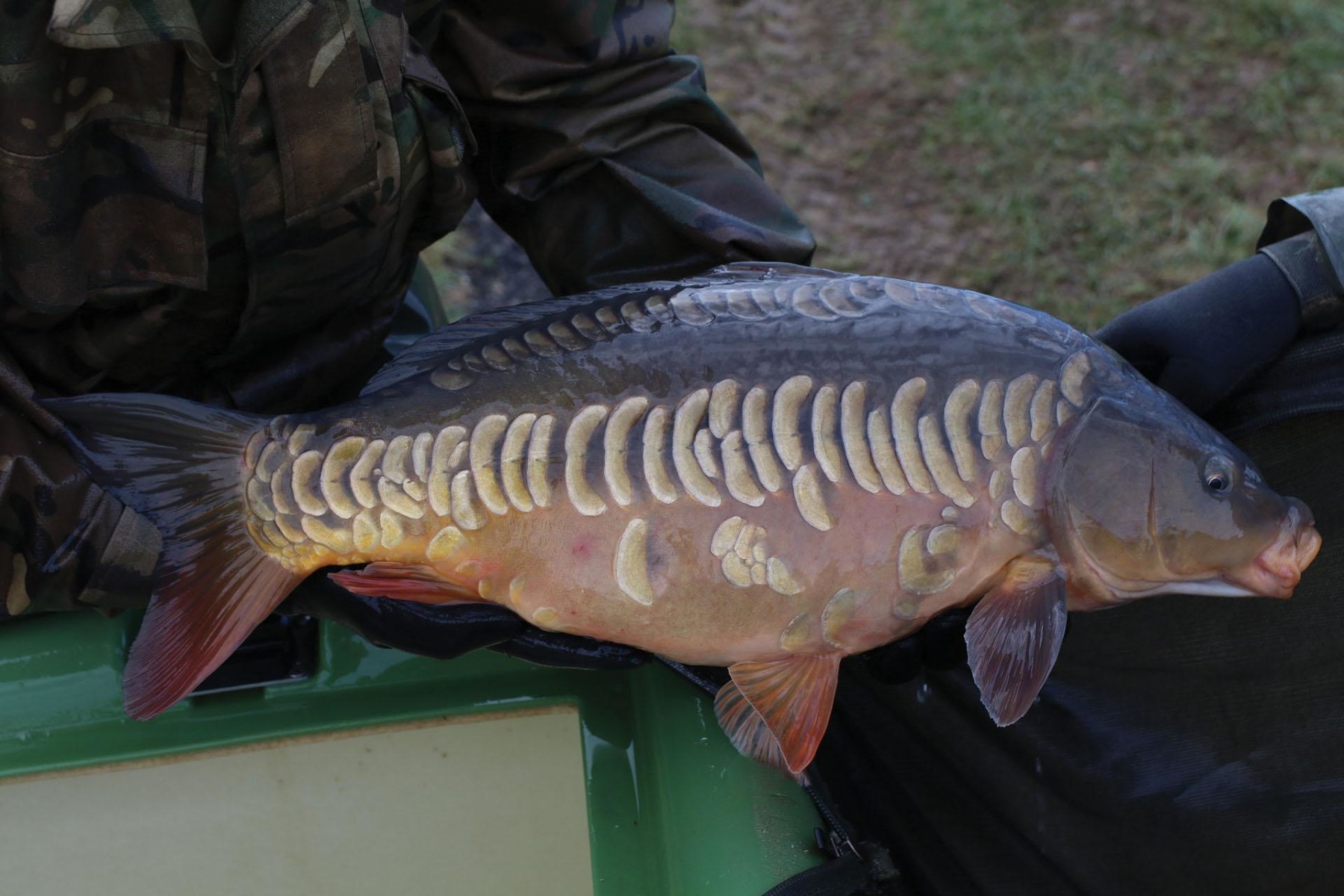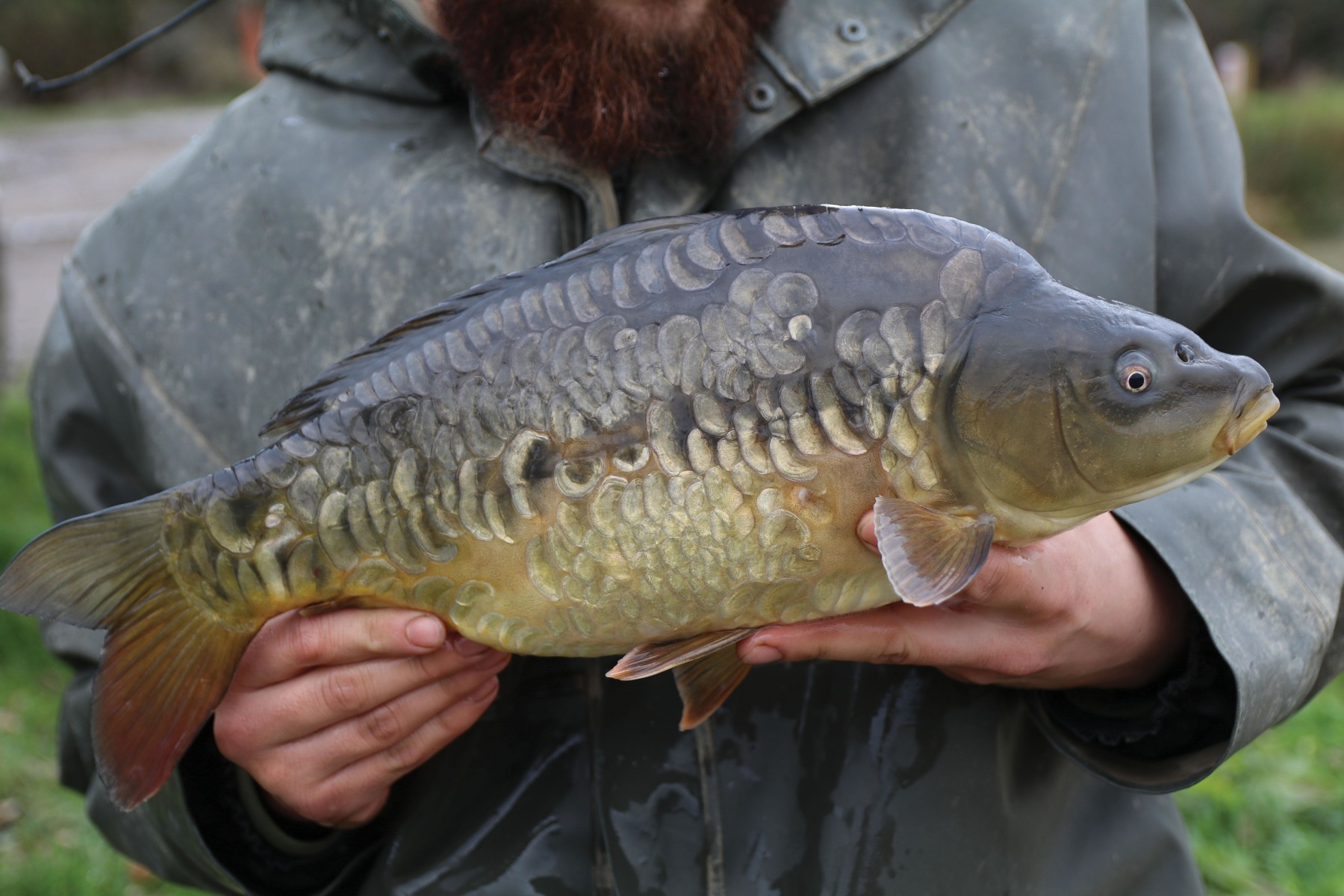
How Do They Avoid Capture?
Dear Simon Scott, do you feel that certain strains of carp are more adept at avoiding capture than others?
Simon Scott: That’s another great question. Having carp-fished since I was about ten-years-old, and having also bred and reared carp since I was a young adult, I’ve had the opportunity to observe many different strains of carp, both in a fishing environment and in a farming situation.
There are clearly differences appearance between the strains and bloodlines produced across the UK, but are these merely aesthetic, or is there any variation regarding feeding behaviour and/or their catchability? In my experience and based on what I’ve seen, there are some strains or bloodlines that do seem better at avoiding capture.
Over the years, I’ve fished lakes that have received stockings from various sources and when fishing such a venue, you’ll often notice differences in how easy or difficult it is, to catch certain carp strains. For example, about ten years ago I was fishing a large gravel pit that contained approximately 200 carp, and the fish had been stocked from four main sources. There had been two early stockings, which we’ll refer to as stockings A and B, and we’ll call the later two, C and D. The split of fish in the lake was roughly equal at around 50 carp from each of the four introductions.
You’d be forgiven for thinking that the rate of capture from each of the four batches might be roughly equal over the course of a year, or that the two most recent stockings (C and D) might yield the most frequently caught, because the fish from these were less experienced and hadn’t learned to avoid the traps anglers had set. Interestingly though, neither was the case. The fish from one of the batches most recently stocked (D), hardly ever slipped up, and at one stage I began to doubt their presence, such was the rarity of their appearances. It was only whilst stalking one afternoon when I found 25 carp from that batch absolutely tearing up a baited marginal spot, that my doubt was put firmly to rest. The water was reasonably clear and I could make out the fishes’ scaling sufficiently easily to discern their origin.
“They were beautiful-looking fish, but my word they were sharp cookies when it came to avoiding capture.”
With a swim in front of me full of carp, I obviously had to try to catch one, and so set about lowering traps into the area without disturbing the feeding fish - surely this was going to be over in a moment! An hour later, as I sat with sweat rolling down my forehead and steam coming out of my ears, I’d failed to hook anything! This was despite a good number of young carp feeding hard all over my rigs… this group of fish seemed to be extremely accomplished when it came to avoiding sharp hooks and heavy leads!



Intriguingly, as I crouched amongst the vegetation watching the carp feeding all over my spot, I noticed a large mirror of over thirty-pounds coming from the margins to my right; it was clearly a far larger and older fish from one of the earlier stockings. Aroused by the activity, it circled the area before joining the smaller carp feeding in the murky water just feet from me. A moment later, one of my rods rattled across the gravel and several plumes of detritus exploded from the bottom as carp bolted in all directions. The progress of the large mirror was immediately slowed as I lifted my rod and tightened the clutch. The ‘clever’ carp I’d been watching - those which I was so frustrated by - were the Dinton strain, supplied by Simon Bartlam. They were beautiful-looking fish, but my word they were sharp cookies when it came to avoiding capture.
This is just one example of how different strains appear better when it comes to avoiding visits to the bank. I could give plenty more, but to conclude, I believe firmly, that there are variances between strains, not only regarding their respective appearances, but also when it comes to feeding behaviour, growth and catchability.





